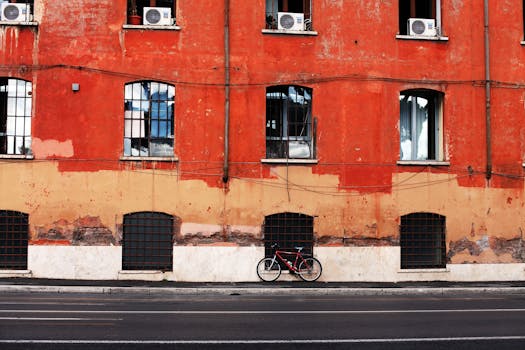
Traveling Through Time: How Europe’s Historical Heritage Shapes Modern Lifestyles in 2025
Introduction to Europe’s Historical Heritage
Traveling Through Time: How Europe’s Historical Heritage Shapes Modern Lifestyles in 2025. Europe, a continent steeped in history and tradition, has a unique ability to transcend time. From the ancient ruins of Greece and Rome to the medieval castles of Britain and France, Europe’s historical heritage is a tangible connection to the past. As we journey through the continent, we find that this heritage is not just a relic of bygone eras, but a living, breathing entity that continues to shape modern lifestyles in profound ways.
The Architecture of Europe
The architecture of Europe is a testament to the continent’s rich history. From the grandeur of Gothic cathedrals to the simplicity of Renaissance palaces, each building tells a story of the people and cultures that once flourished here. As we wander through the streets of European cities, we are surrounded by the echoes of the past. The Eiffel Tower, the Colosseum, and Big Ben are just a few iconic landmarks that have become synonymous with European culture. But it’s not just these grand structures that reflect the continent’s heritage – even the humblest of buildings, such as medieval cottages and rustic farmhouses, contribute to the unique character of European towns and villages.
The Art and Culture of Europe
Europe’s historical heritage is also reflected in its vibrant art and culture scene. From the masterpieces of Renaissance painters like Leonardo da Vinci and Michelangelo to the works of modern artists like Picasso and Warhol, European art has always been a reflection of the continent’s cultural diversity. The same can be said of European music, literature, and cinema, which have all been shaped by the continent’s complex history. As we attend a performance of Shakespeare’s Romeo and Juliet at the Globe Theatre in London or watch a screening of a classic French film like Amélie, we are experiencing the direct descendants of Europe’s rich cultural heritage.
The Cuisine of Europe
European cuisine is another area where the continent’s historical heritage is evident. From the rich flavors of Italian pasta dishes to the delicate pastries of French patisserie, each country’s unique culinary traditions are a reflection of its cultural history. As we sit down to a traditional meal in a cozy European restaurant, we are tasting the legacy of centuries of culinary innovation and exchange. The same can be said of European wine, which has been produced for thousands of years and is an integral part of the continent’s gastronomic culture.
Conclusion
In conclusion, Europe’s historical heritage is a powerful force that continues to shape modern lifestyles in 2025. From its stunning architecture to its vibrant art and culture scene, and from its delicious cuisine to its rich traditions, Europe’s past is a living, breathing entity that surrounds us every day. As we travel through Europe, we are not just visiting a continent – we are experiencing the accumulation of centuries of human history, culture, and tradition. Whether we are history buffs, foodies, or simply curious travelers, Europe’s historical heritage has something to offer everyone, and its impact on modern lifestyles will only continue to grow in the years to come.






